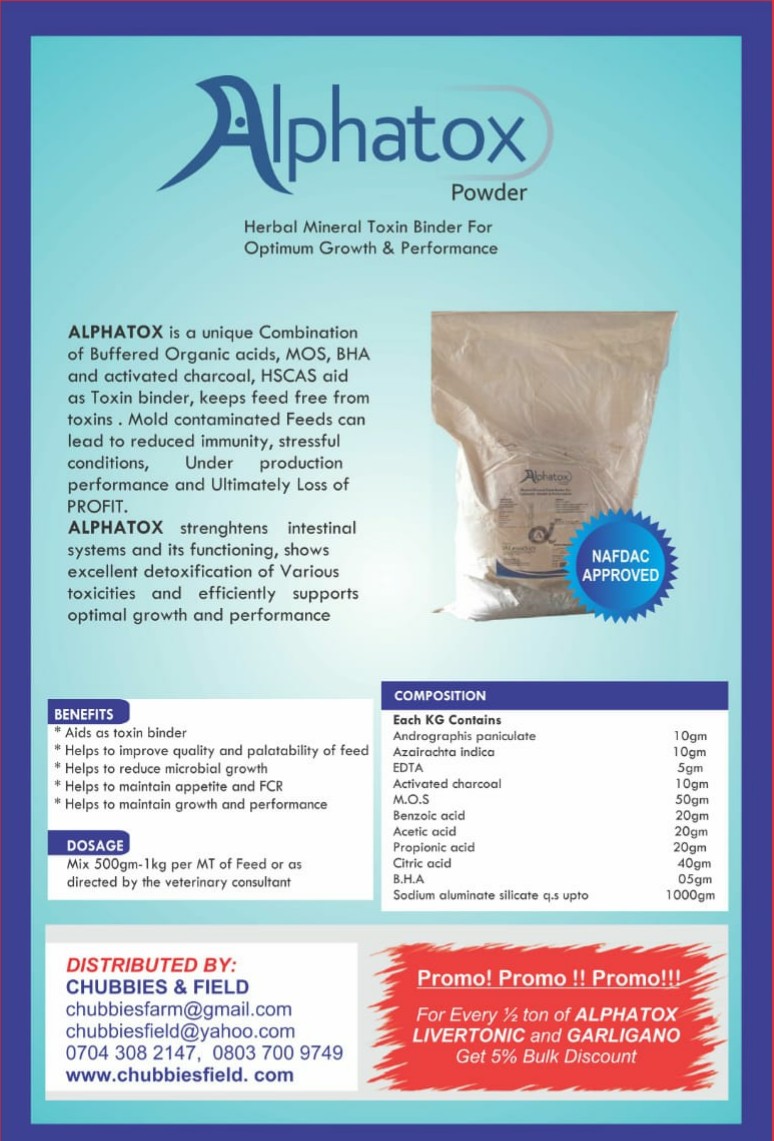Importance of Midnight Feeding in Layers
Via feed management it is possible to stimulate nutrient intake at correct moments of eggshell formation. Midnight feeding, also called as midnight snack, midnight lighting, flash feeding or midnight flash, is a technique which provides 1.5 to 2 hours extra light per day and therefore stimulating feed consumption in the middle of the dark period. The advantage of having access to feed at this period, is the positive effect on eggshell quality via the supply of calcium during the moment that shell calcification takes place. Besides it results in an increased feed intake and consequently nutrient intake for egg formation and increased egg size.

 Learn More
Learn MoreBackground
Midnight feeding is a term used to describe extra time made available for laying hens to eat after the normal day length, without affecting their sexual maturity. It can help to increase feed consumption and feed efficiency.
Three hours after the lights go off in the house; the lights are put on again for 1 or 1½ hours and during this period the feeders are run. Laying hens will be encouraged to eat during this time, as their crops will be empty, they will then digest the feed further into the night. The extra hour of light is perceived by the bird to be part of the night and therefore does not have a stimulating effect on sexual maturity. This use of this technique can be stopped at any time once daily nutrient intake has reached target, see advice below. “The Flash/midnight feeding” can be started at any time after peak production – or when the laying hens have reached maximum day-length.
The midnight feeding technique can be introduced at once, but please keep in mind that removing the midnight lighting should be done gradually, it is advised to reduce the midnight light by 15 minutes per week. This management technique is not affecting the hens’ daily pattern nor the laying persistency, as this midnight lighting is not added on top of the daylength. The midnight lighting technique is affecting egg size, eggshell quality and growth rates, as the laying hens can increase their nutrient consumption. A clear benefit is that additional calcium is ingested at the time of eggshell deposition. This lighting technique can be used for both rearing and production.
On average, the overall increase of daily feed intake via midnight lighting is between 1 to 3% (Leeson & Summer, 2005), but increases in daily feed intake up to 5 grams have been observed. During midnight lighting it is possible to only turn on the lights, but it can also be decided to run the feeders additionally.
READ ALSO: How to Manage Poultry Birds Optimally in Rainy Season
Rearing phase
Midnight lighting in layer pullets influences sexual maturation, as pullets perceive midnight lighting as the beginning of a new day (Leeson, et al., 2003). When introducing midnight lighting from the age of 12 weeks onwards, sexual maturity is stimulated. The opposite is true when midnight lighting is applied from 0 to 12 weeks of age, as sexual maturity will be delayed during the early lifetime of the birds. It is well known that a low body weight at the onset of lay (as a result of early sexual maturity) can have substantial negative effects on the birds’ performance later in life. Commonly observed examples are: the increased risk of prolapse, a low average egg weight and decreased persistency in egg production. Therefore if midnight lighting is applied during the rearing period, it is recommended to start from 4 weeks of age (when lighting program allows to respect the 3 hours of darkness before and after the midnight lighting. Starting at this early age will overcome the negative impact on sexual maturity when midnight lighting is applied after 12 weeks in rear.
Laying phase
Midnight lighting during the production period improves eggshell quality, egg weight and feed intake, without negatively affecting the flocks’ laying persistency.
READ ALSO: How to Increase Egg Production with Gut Health
Housing systems
Midnight lighting has its impact on the behavior of the chickens, in cage or colony systems the disturbance will be less compared to Barn or Free-Range housing systems. Keep in mind, the goal is to increase the hens feed intake, not to increase their activity nor egg laying behavior!
Conclusion
In conclusion, providing midnight feeding in laying hens, which is a 1.5 to 2 hours light period in the middle of the dark period, has beneficial effects on the laying hens’ performance. It has been shown that this technique improves feed intake, eggshell quality and egg weight, especially during hot and tropical conditions or when (too) low feed intake levels are observed.















